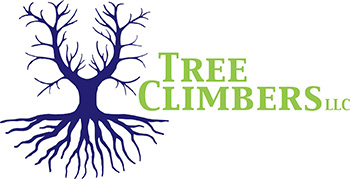Consider these questions:
- Are there large dead branches in the tree?
- Are there detached branches hanging in the tree?
- Does the tree have cavities or rotten wood along the trunk or in major branches?
- Are mushrooms present at the base of the tree?
- Are there cracks or splits in the trunk or where branches are attached?
- Have any branches fallen from the tree?
- Have adjacent trees fallen over or died?
- Has the trunk developed a strong lean?
- Do many of the major branches arise from one point on the trunk?
- Have the roots been broken off, injured, or damaged by lowering the soil level, installing pavement, repairing sidewalks, or digging trenches?
- Has the site recently been changed by construction, raising the soil level, or installing lawns?
- Have the leaves prematurely developed an unusual color or size?
- Have trees in adjacent wooded areas been removed?
- Has the tree been topped or otherwise heavily pruned?
Hazardous Trees and Utility Lines
Trees that fall into utility lines have additional serious consequences. Not only can they injure people or property near the line, but hitting a line may cause power outages, surges, fires, and other damage. Downed lines still conducting electricity are especially dangerous. A tree with a potential to fall into a utility line is a very serious situation.
